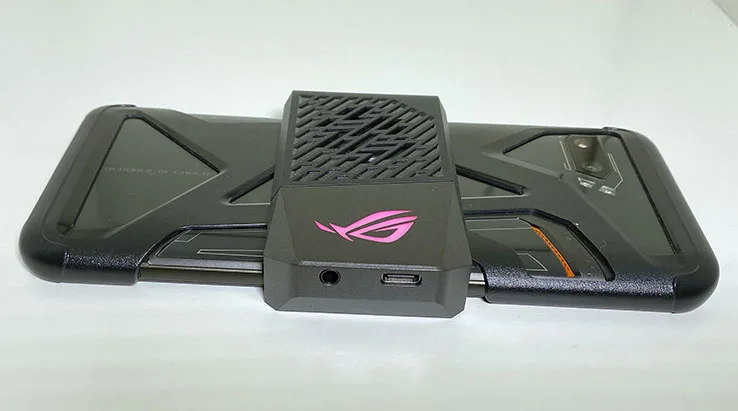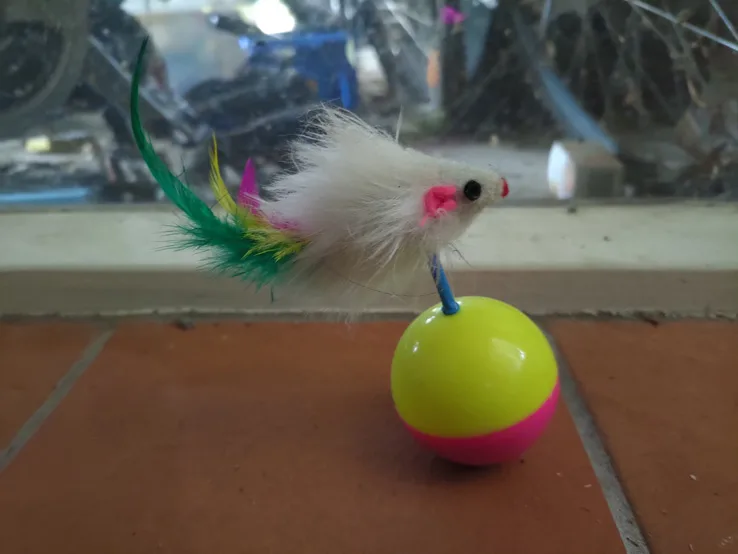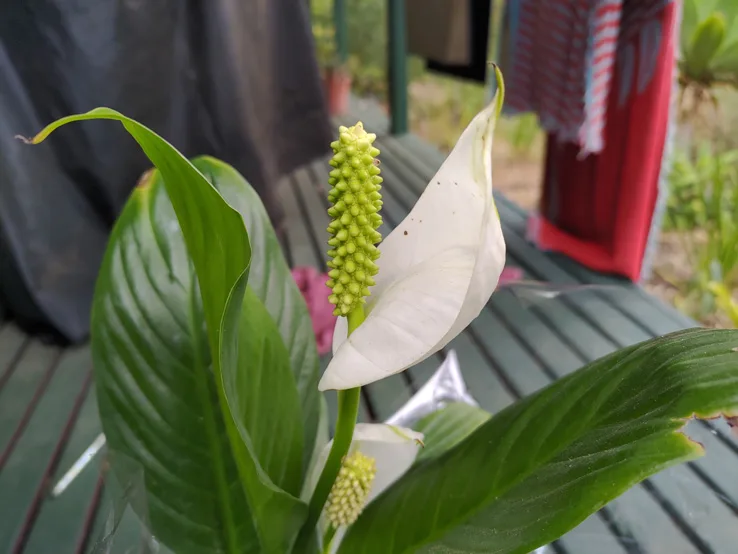ASUS Rog Phone II review
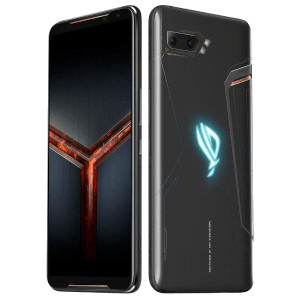
-
- Battery Score
4.5
- Camera Score
3
- Design Score
3.5
- Performance Score
4.5
- Battery Score
4.5
Summary
ASUS certainly succeeds in producing a gaming powerhouse phone with the ASUS ROG Phone II. However, its size and distinctly average camera are large drawbacks if this is going to be your everyday phone.
The good
- 120Hz display is gorgeous for gaming
- It certainly commands attention
- Great battery life
The bad
- Cameras are ordinary
- Easier and cheaper to pair a game controller with a regular phone
- No wireless charging
Details
Pricing & Availability
| RRP | $1,699 |
| Launch date | 2019-12 |
The smartphone market needs ambition and experimentation. Without that, we'd all still be tapping away at T9 keyboards on our candy bar feature phones, or even worse, working out how to play Candy Crush on a rotary dial.
The ASUS ROG Phone II is certainly ambitious. As befits that ROG (Republic Of Gamers) sub-branding, this is a smartphone pitched squarely at the gaming market, with a serious focus on improving your Android gaming experience in a very large frame.
Ambition is fine, but as we've seen with so many other ambitious phones, you've also got to deliver a workable everyday phone experience. That's where the ASUS ROG Phone II falters.
Design
- 6.59-inch AMOLED display is gorgeous
- It's also MASSIVE
- Range of accessories makes it even bigger
- Supplied case is more of a phone bikini
- Lacks IP-rated water resistance
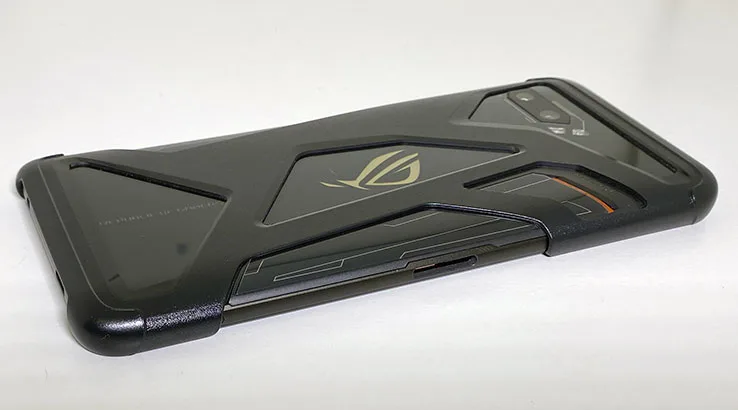
Camera
- Dual rear cameras feel underwhelming for a flagship phone
- Acceptable, but never exciting

Performance
- Snapdragon 855 Plus delivers great gaming results
- Gaming experience is good, but you've got to work to make it happen
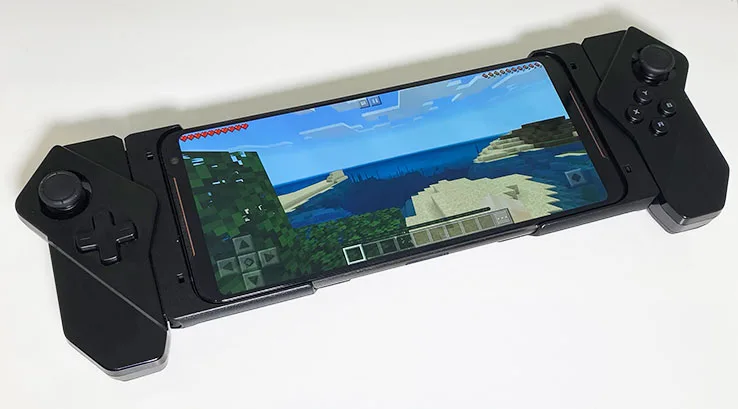
Battery life
- 6,000mAh battery performs slightly under expectations
- Lacks wireless charging
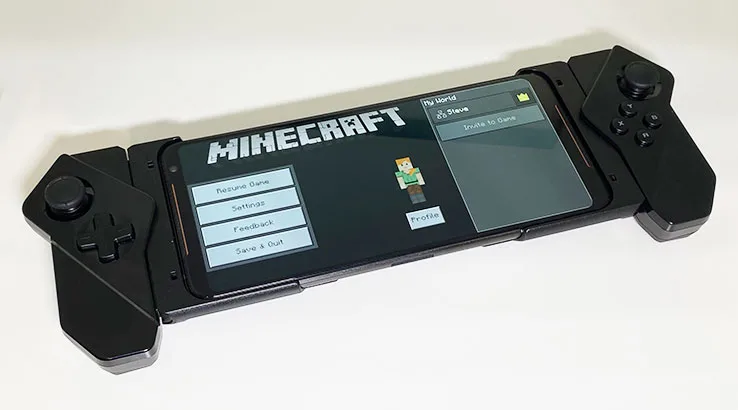
Should you buy the ASUS ROG Phone II?
- Lots of power for Android gaming fans
- Limited camera and large size are an issue for everyday use
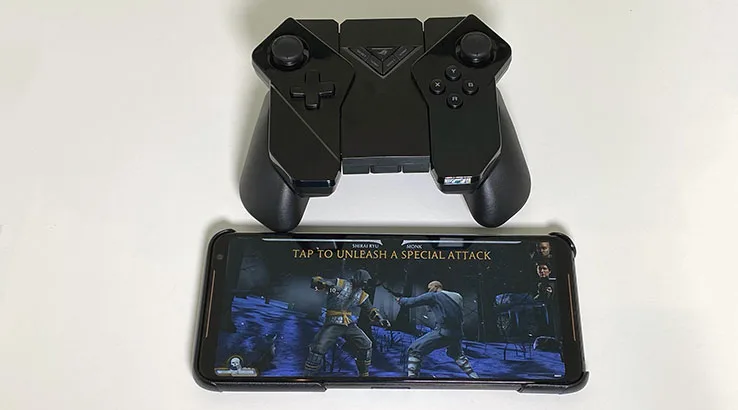
Pricing and availability
Alternatives
In the Android gaming space there are a few competitors to keep in mind, although nothing that's super-current in phone terms.
While it's essentially abandoned its phone business, you may be able to score a Razer Phone 2 relatively cheaply. You could pay even less for a Motorola Moto Z2 Play and the Moto Mod Gamepad if that kind of Nintendo Switch style gameplay appeals to you.
Still, for the ASUS ROG Phone II's price, you could also take pretty much your pick of the best phones of 2019, most of which are better everyday handsets.
ASUS Rog Phone II Specifications
Display
Camera
Physical Dimensions
Connectivity
Power, storage and battery
Device features
Sources
Your reviews
Alex Finder
Senior editor
You are about to post a question on finder.com.au:
- Do not enter personal information (eg. surname, phone number, bank details) as your question will be made public
- finder.com.au is a financial comparison and information service, not a bank or product provider
- We cannot provide you with personal advice or recommendations
- Your answer might already be waiting – check previous questions below to see if yours has already been asked
Finder only provides general advice and factual information, so consider your own circumstances, or seek advice before you decide to act on our content. By submitting a question, you're accepting our Terms Of Service and Finder Group Privacy & Cookies Policy.
This site is protected by reCAPTCHA and the Privacy Policy and Terms of Service apply.


